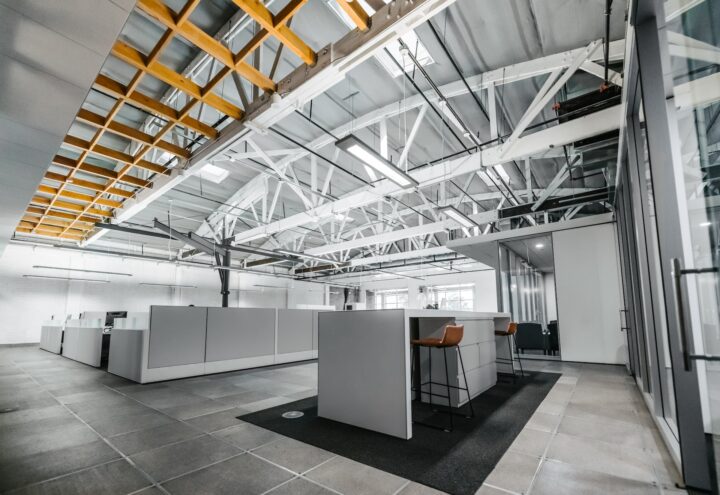Let’s Talk About Temporary Buildings
Some people confuse temporary buildings with sub-standard structures that cannot last more than a few months. However, this isn’t the case. Temporary structures are built with high-quality materials for durability and flexibility. These structures have more benefits than regular brick-and-mortar houses.
Temporary buildings are available in various types. The most common type of temporary structure is the industrial tent, and other types include steel-frame buildings and interim-steel structures. This guide reviews temporary buildings from Smart-Space, highlighting the pros and factors to consider when buying one.

Benefits of Temporary Structures
Temporary buildings are portable. The structures are made using prefab materials that are joined together with bolts and nuts. Steel beams are used to set up the skeleton of the building. The walls can be either an industrial tent or steel sheets.
The structure can be dismantled and the materials moved to a new location. This is a plus, especially for businesses operating on leased property. The materials are also reusable, meaning that you don’t have to invest in any new stuff.
Temporary or semi-permanent structures are also cheap to set up. For example, industrial tents can be built on any type of surface. You don’t need a concrete slab for interim steel buildings. The construction time can take less than a week depending on the size of the structure, which makes it perfect for emergencies.
Versatility is also another reason why you should choose temporary buildings over conventional brick-and-mortar structures. Temporary structures can be used for various activities. For instance, an industrial tent can be used as a warehouse, indoor arena, or classroom. Steel-framed structures can be customized for residential purposes.
Temporary buildings are also cheaper and easier to maintain. The roof is made using high-quality PVC that can last for 30 years. You don’t need to repaint or replace the roof as it can withstand harsh weather conditions and doesn’t rust.
Setting up temporary structures is also cheaper than building a brick house. First, you will spend less money on labor costs. Second as mentioned before is that you don’t need a concrete slab for industrial tents and interim-steel buildings.
You will also spend less on energy costs in a temporary building. The clear roof allows natural light during the day, meaning that you will save a lot on electricity bills. For residential structures, the walls have extra padding to prevent heat loss during cold seasons.
Tips to Consider When Buying a Temporary Building
There are several factors you need to consider before buying or investing in a temporary building. Ensure that you understand the construction laws in your state. Please enquire if you need a planning permit from the state before setting up the structure. This is required by law, and failure to get the necessary permits can lead to a hefty fine or an appearance in court.
How long will you use the structure? You can lease industrial tents, and this is a good idea if you want to use them for a couple of weeks. It would be cheaper than buying the tent and then pulling it down after a few weeks. Buying is a cheaper option if you want to use the structure for a couple of years.
Also, talk to an architect about the design, especially if you will be using the structure for residential needs. The manufacturer will customize the structure to your needs at an extra cost.
Wrapping Up
Temporary buildings can be a good option for businesses and individuals looking for cheap yet high-quality building solutions. You can have the structure customized and designed to any shape that you want by the manufacturer.
Talk to a construction consultant about what permits you need before setting up your temporary building.


